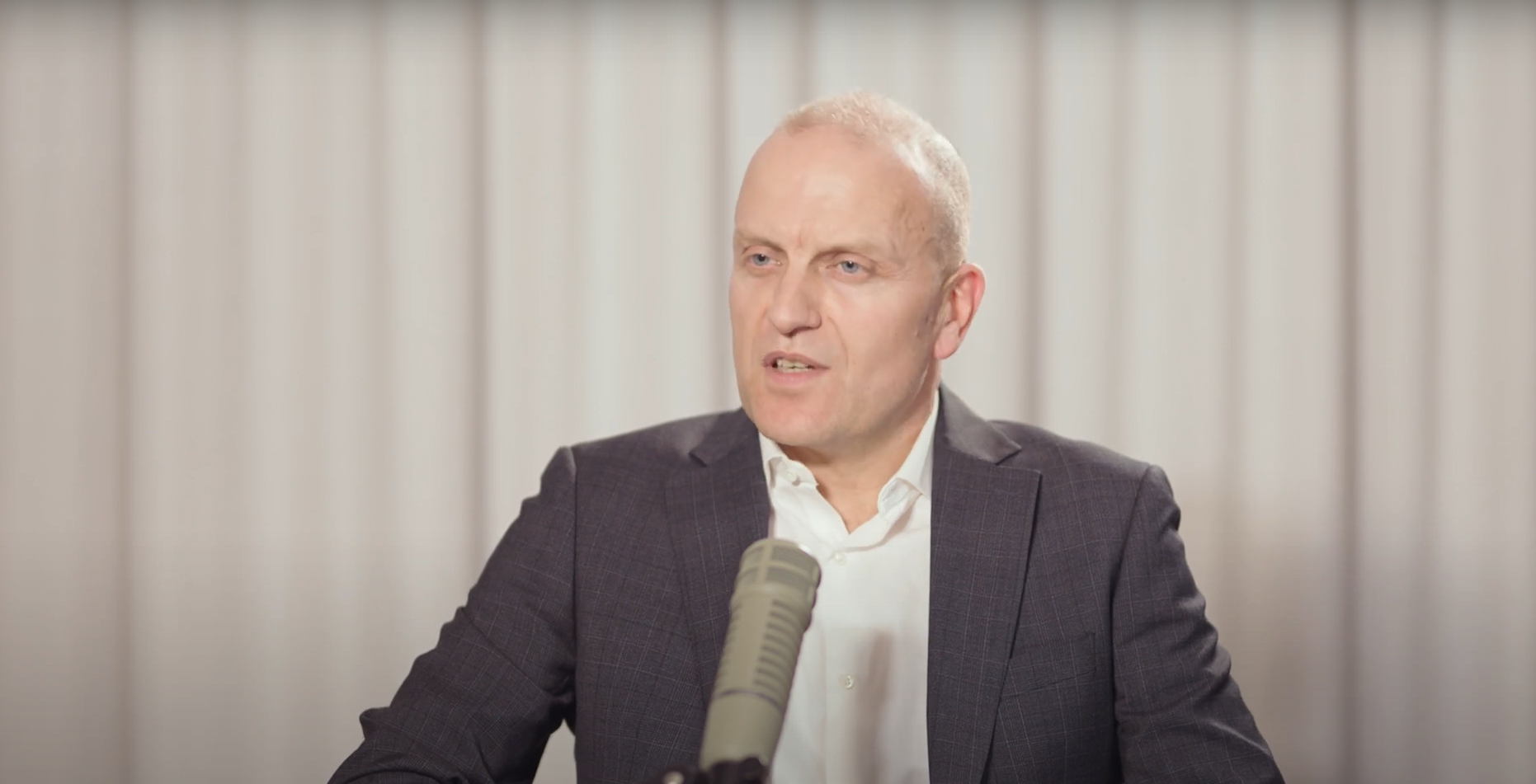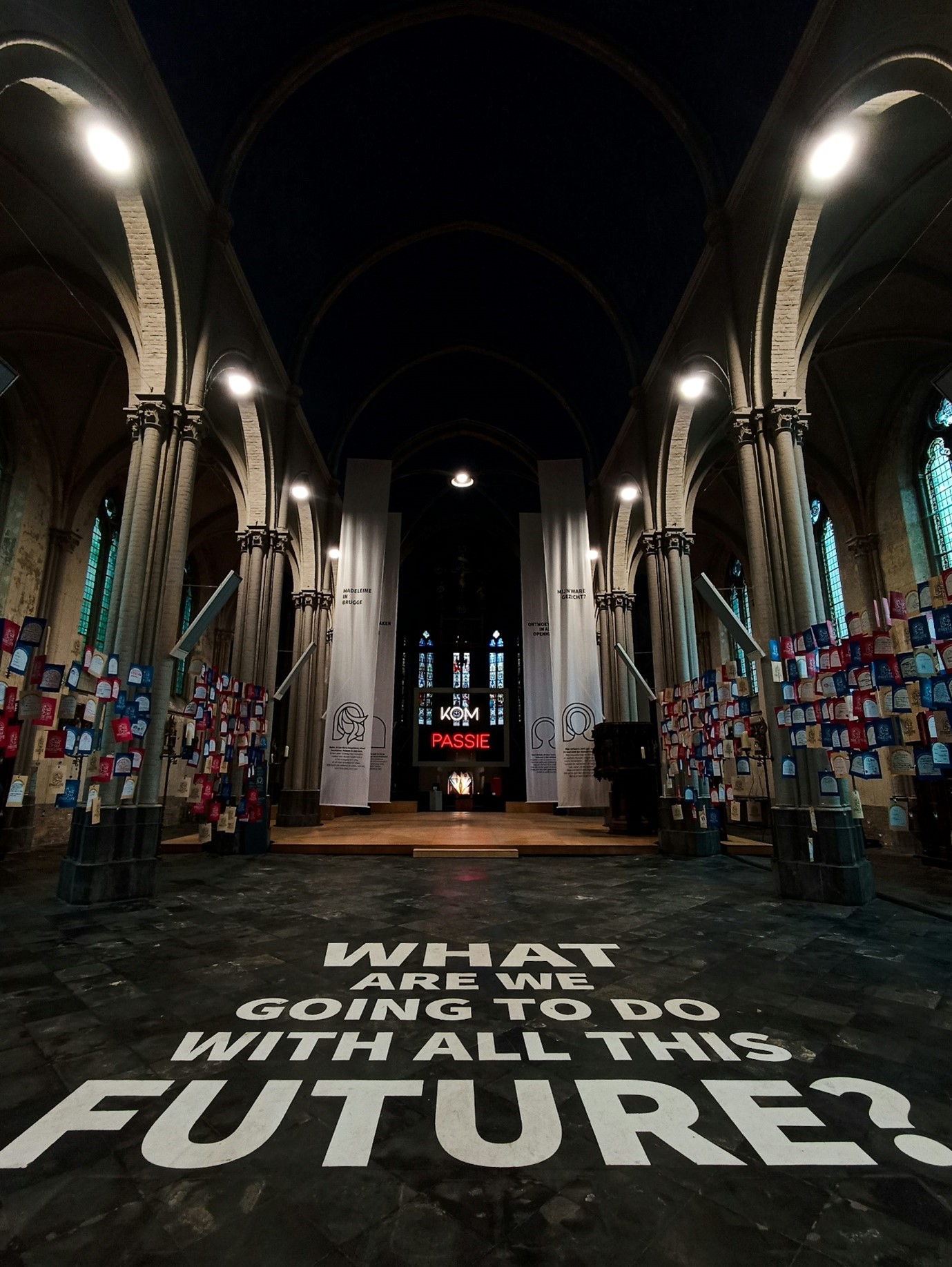Depending on who you ask, AI is either the dawn of a golden age or the beginning of the end. One moment, it’s the genius force that will revolutionize everything; the next, it’s the villain that will steal our jobs, outthink humanity, and possibly enslave us all.
As a tech leader, I don’t have the luxury of indulging in either fantasy. AI is neither a utopian miracle nor an existential threat,it’s a tool. A powerful one, yes, but like every tool before it, its real value for me depends entirely on how it’s used. My job is to cut through both the glittering promises of AI evangelists and the doom-laden warnings of skeptics to focus on what actually matters: real impact, real risks, and real ROI. Nothing a good POC cannot demystify 😊.
Tech vendors love a revolution narrative. Every AI pitch sounds like a golden ticket: massive efficiency gains, automation that will transform operations, insights delivered at superhuman speed. And some of that is absolutely true. AI is already proving its worth in automation, predictive analytics, and personalized experiences. But here’s the thing: AI isn’t magic. When I hear someone claim their AI will “change everything” overnight, I know to start looking for the fine print. If an AI solution sounds like a miracle but can’t clearly define measurable impact, it’s probably hype. Show me the numbers. Show me the use case. Show me how this tool fits into my organization’s bigger picture. AI should be a reliable enabler, not a dreamy fantasy.
Ignoring the Doom (But Managing the Risks)
On the other side, there’s the AI apocalypse brigade. Their message? AI is coming for our jobs, our privacy, and possibly our entire existence. And sure, there are real concerns: bias in AI models, regulatory gaps, the long-term consequences of unchecked automation. But dismissing AI because of its risks is as shortsighted as adopting it blindly. The real challenge is not avoiding AI but using it responsibly.
I don’t implement AI just because it’s the latest trend. I do it because the cost of not doing it is often greater than the risk of doing it. AI isn’t just about efficiency; it’s about staying competitive. If I stand still, someone else will move forward. The right question isn’t only “Is AI dangerous?” but “What’s the risk of inaction?”. At the end of the day, AI isn’t about philosophy. It’s about value.
If it’s not solving a real problem, making the business stronger, or delivering measurable benefits, then it’s just another distraction. That’s why I always ask: What, exactly, is AI improving here? If I can’t answer that in one sentence, it’s not worth pursuing. How do I measure success? AI isn’t about “cool.” It’s about impact: efficiency, cost savings, revenue growth. If I can’t track it, I don’t trust it.
AI isn’t a saviour or a villain: it’s a business decision. Hype won’t replace strategy, and fear won’t stop progress. The leaders who thrive in this new era will be the ones who look past the noise, ask the right questions, and make informed, strategic choices.
And if the AI apocalypse does happen? At least I’ll have maximized my ROI before the robots take over.



